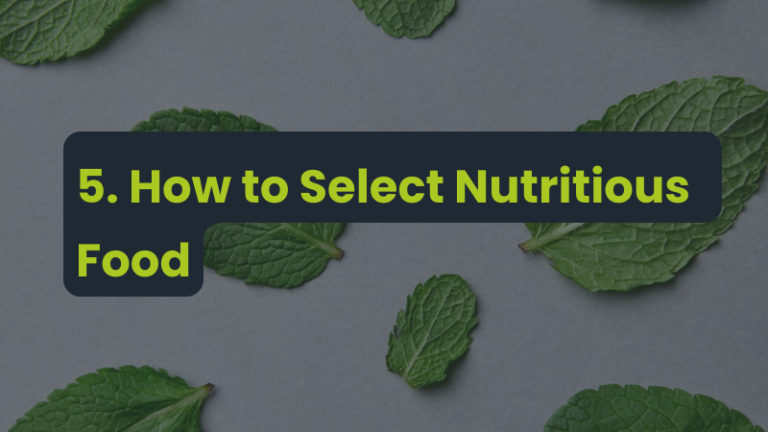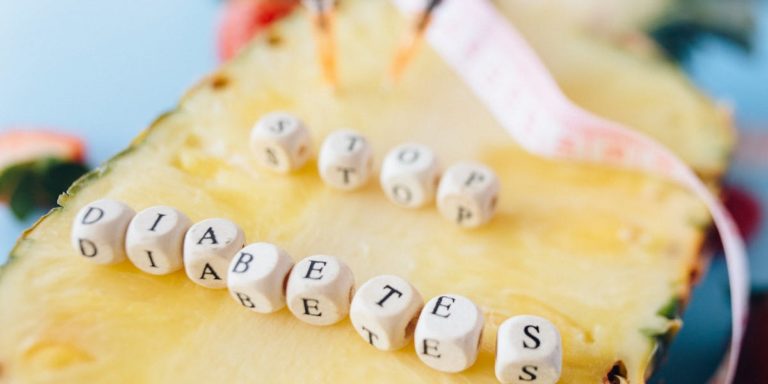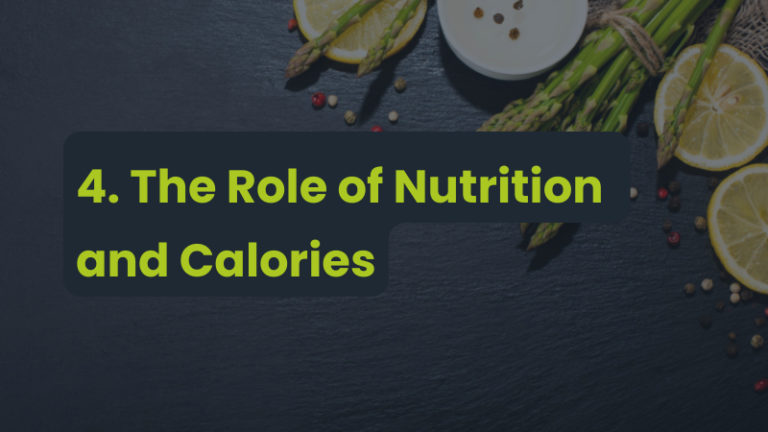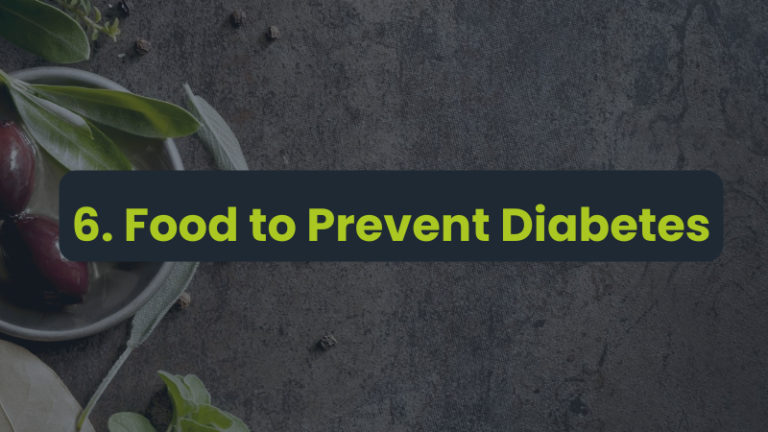Nutrition Messages for Kids
Nutrition Messages for Kids: A Guide to Healthy Eating Habits
Teaching children about nutrition from an early age is essential for instilling healthy eating habits that will last a lifetime. With the abundance of fast food and sugary snacks around, it’s crucial to provide kids with positive nutrition messages that are both informative and engaging. In this article, we’ll explore a series of fun and educational nutrition messages for kids to encourage them to make healthier food choices.
1. Eat the Rainbow
#### Why It Matters:
Eating a variety of colorful fruits and vegetables ensures that children receive a wide range of vitamins, minerals, and antioxidants.
#### How to Teach:
– Create a Rainbow Chart: Let kids fill out a weekly chart tracking the different colors they eat.
– Fruits and Veggies by Color:
– Red: Strawberries, tomatoes, cherries
– Orange: Carrots, oranges, sweet potatoes
– Yellow: Bananas, yellow peppers, corn
– Green: Spinach, broccoli, green apples
– Blue/Purple: Blueberries, eggplant, purple grapes
#### Message:
“Eat the rainbow every day to help your body grow and stay strong!”
2. Power Up with Protein
#### Why It Matters:
Protein is essential for building muscles, repairing tissues, and supporting the immune system.
#### How to Teach:
– Animal and Plant Proteins:
– Animal Sources: Chicken, eggs, fish, dairy
– Plant Sources: Beans, nuts, tofu, quinoa
– Protein-Packed Snacks:
– Hard-boiled eggs
– Peanut butter on whole-grain crackers
– Greek yogurt with fruit
#### Message:
“Power up with protein to keep your muscles strong and help you feel full longer!”
3. Choose Whole Grains
#### Why It Matters:
Whole grains provide more fiber, vitamins, and minerals than refined grains, supporting digestive health and providing sustained energy.
#### How to Teach:
– Identify Whole Grains:
– Whole-grain bread, brown rice, oatmeal, popcorn
– Whole vs. Refined:
– Whole grains contain the entire grain kernel.
– Refined grains are processed, removing the bran and germ.
– Switch to Whole Grains:
– Whole-grain cereal instead of sugary cereal
– Whole-grain pasta instead of regular pasta
#### Message:
“Choose whole grains for more energy and better health!”
4. Drink Water, Not Soda
#### Why It Matters:
Water is vital for hydration, while sugary drinks like soda contribute to tooth decay and weight gain.
#### How to Teach:
– Flavor Your Water:
– Add slices of lemon, cucumber, or berries to make water more appealing.
– Healthy Alternatives to Soda:
– Sparkling water with fruit slices
– Unsweetened herbal teas
– Coconut water
#### Message:
“Drink water, not soda, to stay hydrated and healthy!”
5. Snack Smart
#### Why It Matters:
Healthy snacks help kids maintain energy levels throughout the day and prevent overeating during meals.
#### How to Teach:
– Healthy Snack Ideas:
– Apple slices with almond butter
– Carrot sticks with hummus
– Trail mix with nuts and dried fruit
– Create a Snack Station:
– Keep healthy snacks like yogurt, fruit, and cheese sticks easily accessible.
#### Message:
“Snack smart by choosing healthy treats that keep you energized!”
6. Cut Down on Sugar
#### Why It Matters:
Excessive sugar intake is linked to obesity, tooth decay, and behavioral problems in kids.
#### How to Teach:
– Spot Hidden Sugars:
– Check labels for sugars disguised as high-fructose corn syrup, fructose, or sucrose.
– Replace Sugary Treats:
– Fresh fruit instead of candy
– Yogurt with honey instead of flavored yogurt
#### Message:
“Cut down on sugar to protect your teeth and keep your body happy!”
7. Dairy is Key to Strong Bones
#### Why It Matters:
Dairy products provide calcium and vitamin D, which are crucial for bone development and strength.
#### How to Teach:
– Include Dairy Daily:
– Milk, cheese, and yogurt
– Non-Dairy Calcium Sources:
– Fortified plant-based milks
– Leafy greens (kale, spinach)
#### Message:
“Dairy is key to strong bones! Enjoy milk, cheese, and yogurt every day.”
8. Fuel Up with Breakfast
#### Why It Matters:
A healthy breakfast kickstarts metabolism and provides energy for learning and play.
#### How to Teach:
– Balanced Breakfast Ideas:
– Oatmeal with nuts and fruit
– Whole-grain toast with avocado and egg
– Smoothie with spinach, banana, and yogurt
– Prepare Ahead:
– Make overnight oats or egg muffins for quick breakfasts.
#### Message:
“Fuel up with breakfast to start your day right!”
9. Enjoy Treats in Moderation
#### Why It Matters:
It’s okay to enjoy sweets and treats occasionally, but moderation is key to maintaining a balanced diet.
#### How to Teach:
– Set Treat Limits:
– One sweet treat per day or per week
– Healthy Treat Alternatives:
– Dark chocolate instead of candy bars
– Frozen fruit pops instead of ice cream
#### Message:
“Enjoy treats in moderation for a healthy balance!”
10. Involve Kids in the Kitchen
#### Why It Matters:
Involving children in meal preparation empowers them to make healthier food choices and builds their cooking skills.
#### How to Teach:
– Age-Appropriate Tasks:
– Toddlers: Wash fruits and veggies
– Elementary: Measure ingredients, stir
– Teens: Chop veggies, cook with supervision
– Grow Your Own Veggies:
– Plant a small herb or vegetable garden to spark interest in fresh produce.
#### Message:
“Involve kids in the kitchen to make healthy eating fun and exciting!”
Conclusion
Promoting healthy eating habits among children requires creative and positive messaging. By sharing these fun nutrition messages for kids and engaging them in meal preparation, you can empower them to make healthier choices that will benefit them throughout their lives. Remember, kids learn best through repetition and positive reinforcement, so keep delivering these messages consistently to create lasting habits.







